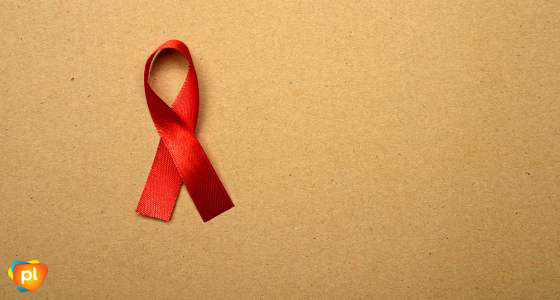
Minister, members of Parliament, distinguished guests, people living with HIV, sector colleagues.
We miss our dead friends and lovers.
Nevertheless, today also provides us with an opportunity to celebrate our successes and achievements. And, here I want to acknowledge the enduring strength of the NSW HIV partnership response. It has been a remarkable success story.
World AIDS Day is a difficult day for many of us. It’s a day tinged with sadness, regret, loss and mixed emotions. We wonder what our lives would have been like if HIV/AIDS hadn’t come along.
Under your leadership Minister and the leadership of NSW Ministry of Health, we have seen a brave and reinvigorated determination to harness new scientific understandings of modern antiretroviral therapy and use it strategically to improve the health of people diagnosed with HIV and to drive down HIV transmission. The current HIV strategy has successfully focused out efforts.
Let me, at this point specifically focus on the achievements of 2015.
For people living with HIV, it’s been a remarkable year. We’ve seen some major access barriers to treatment progressively dismantled and removed.
On 1 July, after more than a decade of advocacy, the Commonwealth sanctioned HIV community dispensing.
We celebrated….
Overnight, access to HIV meds became more convenient and we could drop into our local chemist and have our HIV medications dispensed.
While some people, particularly those seeing hospital based specialists continue to get their HIV meds from a hospital pharmacy for privacy reasons, 40% of respondents to our most recent survey reported they’d made the switch to a chemist, and were very happy with the support offered by community pharmacists, and by the improved levels of convenience.
For working people living with HIV, being able to get medications in the evenings or at weekends represents a big step forward in normalising HIV and making it more routine and less exceptional.
The other barrier to be removed was cost.
I want to acknowledge and pay tribute to your Minister (and to the Baird Government), for demonstrating the leadership required to implement the patient-co-payment waiver for Highly Specialised Drugs, thus effectively making HIV drugs free to all NSW residents living with HIV.
We’ve received many touching phone calls from community members letting us know how much this initiative is appreciated, and how it is helping people manage their health expenditure.
As you know Minister, we advocated over many years to get some easing of the life-time cost burden of HIV medications. This was because people on low incomes often struggle to balance the cost of medical and other health-related expenses with living expenses. Due to cost, some people living with HIV were delaying starting treatment or not adhering to treatment.
The roll-out of free HIV meds from October helped those who are financially disadvantaged to start treatment and adhere to treatment, regardless of their ability to pay. It’s a real game changer, and we thank you Minister for your support on the issue.
The third access barrier to be removed was the CD4 threshold in the HIV prescribing guidelines.
In response to advocacy from, NAPWHA, AFAO and ASHM, the Australian Government made a decision to remove prescribing restrictions on HIV meds in late September and support people starting treatment as soon as possible after diagnosis, and at any CD4 cell count. The World Health Organisation (WHO) also revised its treatment guidelines to recommend treatment commencement at any CD4 cell count.
So, progressively, barriers to starting treatment and accessing treatment have been removed for all people diagnosed with HIV.
At this point I want to acknowledge the 120 (or so) HIV specialist doctors in NSW who work in sexual health clinics, hospitals and private practice and who care for us. Many have been with us from the beginning of the epidemic and we thank them for their professional care, their support and their friendship. Some of us are not straight forward patients and we require considerable support to manage HIV, mental health, other serious chronic health conditions and long-term HIV. Notwithstanding these complexities, a professional and supportive ear is provided when our lives go off course and we need support.
Poz-people tell us that the relationship they have with their HIV doctor is one of the most important relationships in their lives and many stay with the same doctor for years, even decades. This is testament to the trust and quality of those relationships.
So, as the 2012-2015 phase of the NSW HIV Strategy comes to an end, and we begin a new four year phase, I want to conclude by asking the question – have we succeeded in getting 90% of people diagnosed with HIV onto treatment?
Well, recent modelling from the Kirby Institute suggests we have. The proportion of people with diagnosed HIV on treatment may be as high as 92%. And, a very high percentage of these individuals have suppressed the virus – maybe more than 90%. People increasingly understand the importance of testing and getting onto treatment as quickly as possible after diagnosis. They are taking control of their health and protecting the health of their partners.
It’s a remarkable achievement and one that Positive Life is proud to have been a part of helping to achieve.
However, all of this would not have been possible without the determined leadership that we enjoy in NSW and the removal of barriers to treatment.
We thank you Minster for your unshakable commitment to lead a gutsy response aimed at improving the health of people with diagnosed HIV and ending HIV transmission in NSW.
Thank you.






